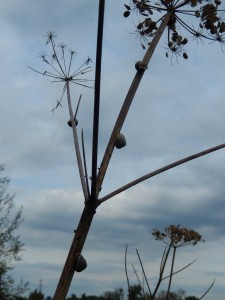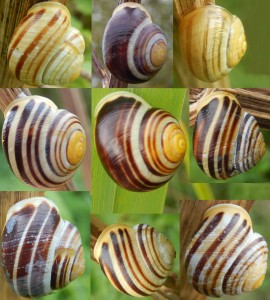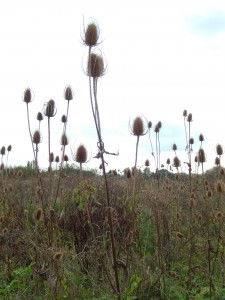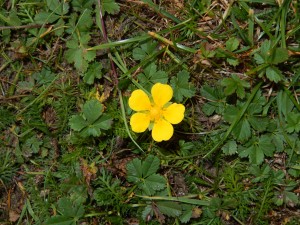On an incredibly warm afternoon for the end of September (26° C), I went for a walk around Wraysbury Lakes, not expecting to find much: nearly all flowers should be over by now; it’s too warm for most birds to bother migrating south for the winter; insects and birds have mainly finished their showy summer breeding season; the winter ducks will not yet have arrived from the north. So I determined to relax and enjoy whatever might turn up, if anything.
There were not many ducks on the lake: mostly Tufted, a few Mallard, but 13 shy Gadwall under the far bank. A couple of Great Crested Grebes, a Heron, and a family group of cygnets made up the waterfowl, but for a party of a dozen Cormorants flying past. There were no gulls except a few Black-Headed. For the warblers, a couple of Cetti’s sang briefly; something churred once; and a few Chiffchaffs called.

The hogweed had almost all formed its fruiting umbels and dried up, though one or two latecomers were still in full leaf. The dry stalks each had at least one banded snail parked up: some had 5 or more. So I thought I’d photograph each snail and, unusually for a nature blog, do a little rather random science and try to count the numbers in each colour variety. For the white-lipped banded land snail is rather delightfully polymorphic. I imaged 37 snails, all those I could reach, so they were probably a fair sample, unless you think there were some better-camouflaged ones I didn’t notice: I doubt that as all of them were high up on the stalks. Here are a few of them to illustrate some of the colour variation.

I counted:
- 2 yellow ( unstriped), 5%
- 16 yellow with brown stripes, 43%
- 15 white with black stripes, 40%
- 4 black, with an obvious broad fused stripe, 11%
Actually the stripes and background vary fairly continuously so a better way of dividing them up would be necessary. All the same, it’s fun to see just how convincing the polymorphism is. I didn’t see any dark-lipped snails (another species), by the way, and only a couple of snails of other species.
A small Pedunculate Oak had dozens of spangle galls under its leaves; these are caused by tiny wasps that live inside them.

A few dragonflies were still about: one Emperor; a few Hawkers, probably the Migrant Hawker; one smaller species, likely a Darter; and one Common Blue Damselfly.
The teasels, like the hogweed, had all fruited and dried out, forming a handsome pattern against the sky with their bristly pineapples on spiky stalks.

Rose hips and hawthorn haws proclaimed Autumn, season of mists and mellow fruitfulness: contradicted by the humid heat of the day.
Round on the reclaimed landfill hill, it was a pleasure to see the low five-petalled cinquefoils in the horse-nibbled grass.

The surprise of the day came almost at the end of the walk: a party of perhaps fifty Meadow Pipits, shyly calling see-see-see as they swept up from the meadow, flashing their white outer tail feathers: the same species I had seen all over the moors of Badenoch and Strathspey, 500 miles to the north. It felt a little strange to see them passing by here.
For a day when I didn’t expect to see much, I think I did pretty well.
